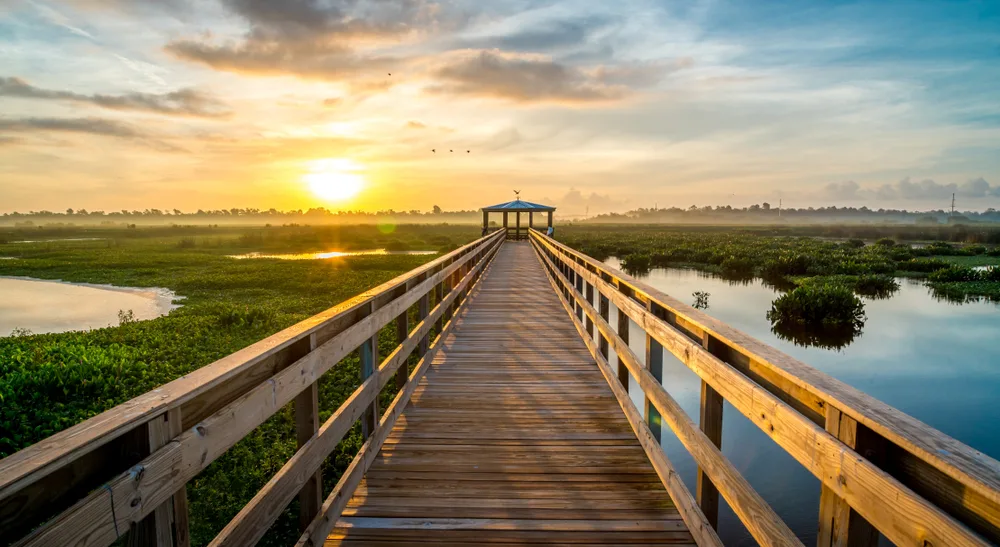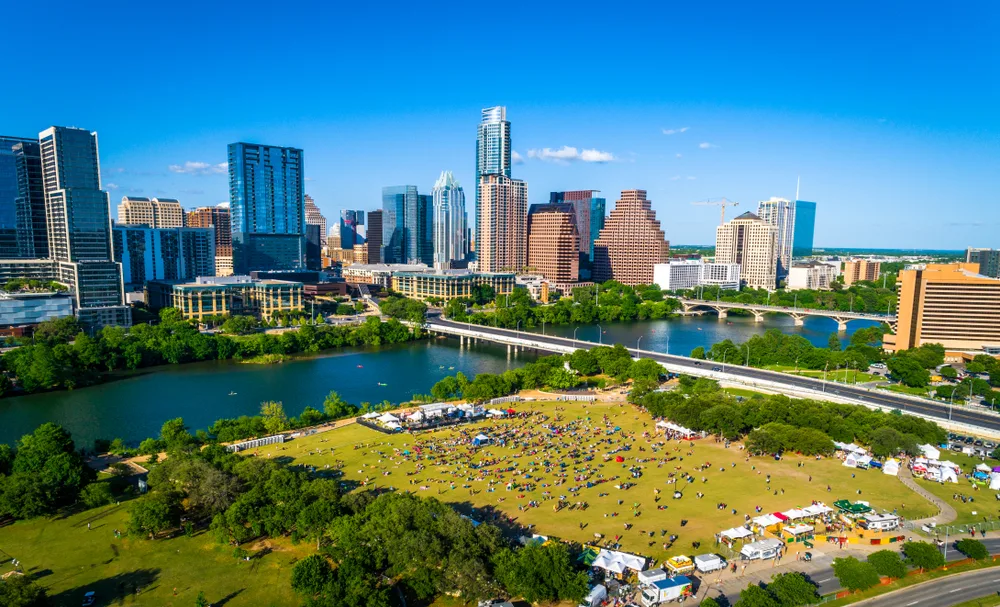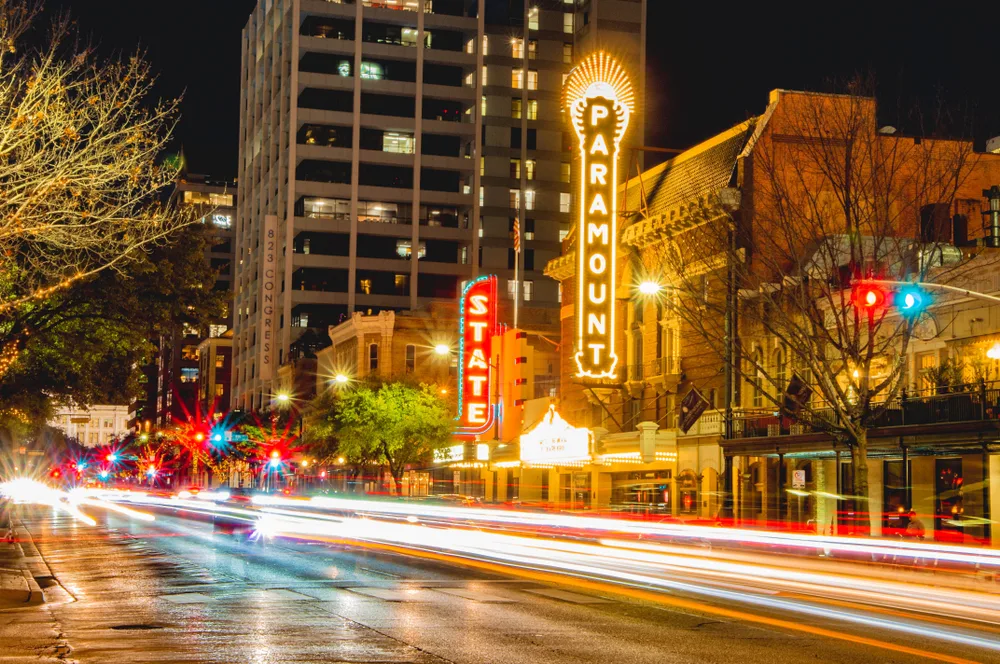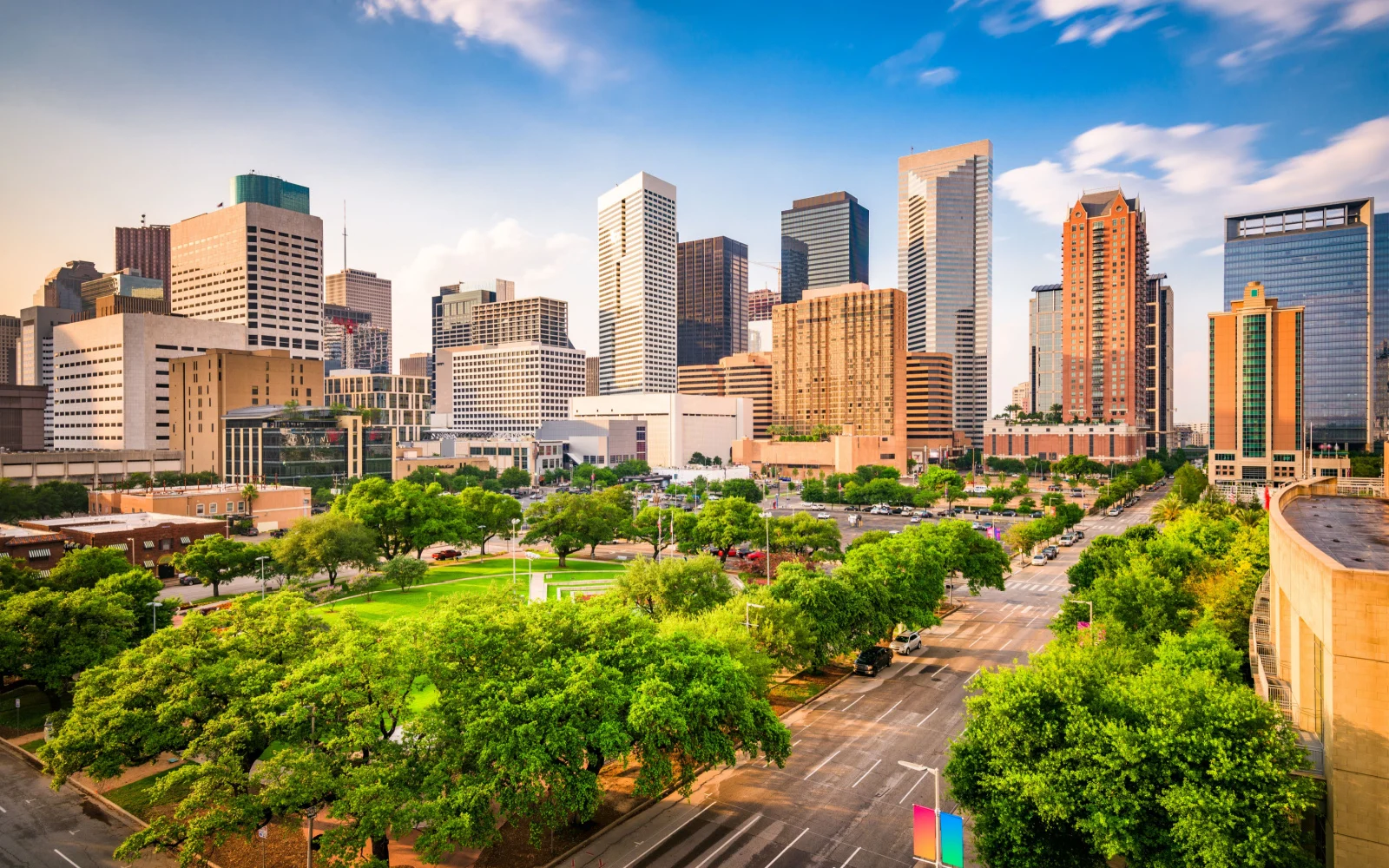What's the best time to visit Texas?
The best times to visit Texas are late fall and spring, when you’ll enjoy pleasant temperatures and avoid the busy tourist season. Summer in Texas brings extreme heat and higher travel costs, while winter, though milder than northern states, can limit outdoor activities. Keep in mind Texas’ vastness and regional variations, including rainy seasons in early spring and fall, and potential coastal typhoons.
There’s much to do in Texas, such as listening to country music, rodeos, seeing the Alamo, and trying out some sweet, savory Texas barbeque. Of course, if you truly want an authentic Texan experience, you’re going to have to go there yourself.
But it’s important to know what time of year is best to visit. After all, Texas gets hot and sees many tourists in certain cities at various points in the year.
Fortunately, we’ve got you covered. We’ll tell you everything you need to know for your trip to Texas, such as the best time to visit, the least busy months, and some handy tips to keep in mind before you go.
Overall Best Time to Visit Texas

Nate Hovee/Shutterstock
The overall best time to visit Texas is in late fall (October to November) and Spring (March to early June). Going during these periods not only ensures you’re going during optimal temperatures, but it’s also not as busy.
Of course, since Texas is such a large place, it changes from region to region, but this is a general rule of thumb. You want to avoid going in summer for a variety of reasons.
While summertime may be the most convenient period for you to take a vacation, it’s pretty much the same for everyone else. Tourism is at its highest during these months, and you’ll find that some of the more popular areas are overcrowded.
Flights and hotels are also more expensive, meaning it’s not really worth all of the hassle. Furthermore, Texas gets notoriously hot. The locals don’t mind it, but you might, especially if you come from a northern region.
Likewise, the winters are often cold in many parts, contrary to popular belief. It may not be as freezing as other states, but it’s enough to limit what you can do.
Still, there’s a lot you can do in winter that isn’t available at any other time of the year, such as the San Antonio Christmas decorations and the Moody Garden Festival of lights. You’ll also want to avoid going during rainy seasons, which vary by area.
Seeing how Texas is so vast, you’ll have to do additional research on where you’re going. For a basic idea, Texas rainy seasons usually occur during early spring and fall. The coasts even experience typhoons and hurricanes, so that’s another thing to look out for.
Cheapest Time to Visit Texas

f11photo/Shutterstock
The cheapest time to visit Texas is in September, which is considered the start of the “shoulder season.” By this time, the school year has started, and many people are finished with their summer plans.
As a result, flight prices and hotels are low, making it the perfect time to book an affordable trip. September isn’t a bad time to visit, regardless of the cost. It might still be hot, but the temperatures and weather are much more manageable than in the preceding months.
Moreover, you won’t have to wait in lines to do activities or get into restaurants, as tourism tends to die down. The second cheapest month to visit Texas is January.
When holiday travel is over and all the breaks are done, many of the state’s tourist attractions will be like ghost towns. Naturally, this is the case with most places in the United States, so it’s no surprise.
If you don’t mind colder weather, then this is the time to plan your vacation. All in all, your best bet for a thrifty yet fun trip is to go in the off-season.
Not only are the prices for flights and hotels usually more budget-friendly, but the weather will be better, too. One final tip for maximum money-saving is to reserve your spot well in advance, as prices will be lower.
Least Busy Time to Visit Texas

Jesmo5/Shutterstock
The least busy time to go to Texas is in mid-late January. That can be attributed to the same reason that it’s one of the cheapest months to visit; it’s a bit on the colder side, and all the holiday breaks are over.
Once again, if you prefer colder temperatures, January is the best time for you to take your vacation. If you don’t want to deal with frigid weather, you can just go any time during the off-season.
The period from September to the end of March doesn’t see as much traffic as other times of the year (disregarding holidays) and is a great time to travel. You shouldn’t have trouble with overcrowding unless you go during peak season.
The peak season for Texas begins in late spring and ends in the summer. Out-of-state tourists tend to stick to the earlier parts of the summer since it isn’t as hot, while locals are present throughout.
We must reiterate that Texas is huge, so you may find some areas are actually less crowded, even during summer. The mountainous regions don’t get as hot as the desert parts, and each city has its own peak tourism season.
Worst Time to Visit Texas

Roschetzky Photography/Shutterstock
Generally, the worst time to visit Texas is in the mid-summer months. From June to early September, tourism is high, and many vacationers swarm the most popular locations.
If that wasn’t bad enough, the weather could get absolutely horrific, consistently reaching over 100 degrees F. It’s a dry heat, so heat stroke and heat exhaustion can become a big problem if you’re not careful.
If you’re someone who doesn’t deal with the heat well, you might want to stick to cooler seasons. You don’t want to miss out on any outdoor festivals because it’s too hot.
Another challenge with visiting in the summer is travel. Flight fees and hotel expenses are much higher, while many attractions become pretty crowded. What’s more, you might find your tires suffer more wear and tear due to the hot Texas sun.
That could become an issue since everything in the state is usually spread out. It may not be a problem for short distances, but if you plan to travel hours in 100 degrees F weather, your car’s going to suffer for it.
If you have to drive, then a good solution is getting a rental car. It’s usually cheaper than a bus or plane fare, and you don’t have to worry about wearing your tires out.
Frequently Asked Questions

Austin, TX–Jan 09, 2019; time exposure of traffic lights on congress avenue in downtown Austin infront of the Paramount and State theaters at night/RozenskiP/Shutterstock
Here are some frequently asked questions around the web about visiting Texas:
What is the hottest month in Texas?
The hottest month in Texas is, hands down, August. Like most places in the US, August has the highest average temperature each year, and it gets worse around the equator. It’s best to avoid traveling during this month if you suffer from ailments or hate the heat.
What’s the coldest month in Texas?
The coldest month in Texas is January. Temperatures only average out around 40-50 degrees F, so, in reality, it doesn’t get too cold. Depending on the region, some areas may get colder while others are hotter.
So, What’s the Best Time to Visit Texas?
The overall best time to visit Texas is in November and March. When you go during these months, you avoid the bustle of peak tourism, and flights are a lot cheaper too.
The big thing is that you’re not visiting when the temperatures are scorching, as the dry heat can make for an unsatisfying trip. While there’s no rule saying you shouldn’t go to Texas during the summer, it’s in your best interest to avoid August.
Not only is it the hottest month of the year but local tourism is at an all-time high. In the end, Texas is a spectacular experience, and you definitely don’t want to miss out on a trip to the Lone Star State.



